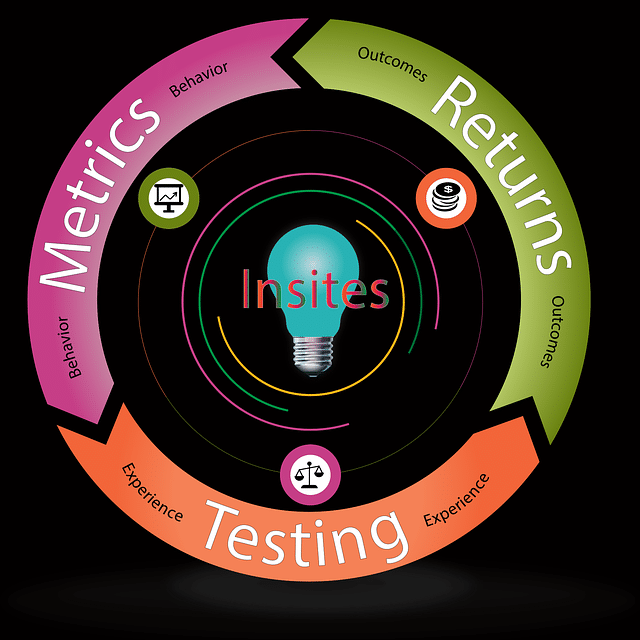When it comes to Google Ads, many advertisers tend to focus on the number of impressions their ads receive. After all, more impressions should mean more clicks and conversions, right? Well, not necessarily. In this article, we’ll take a closer look at whether the number of impressions really matters when it comes to analyzing your Google Ads performance.
Firstly, let’s define what an impression is. An impression is counted each time your ad appears on a search results page or on a website within the Google Display Network. So, if your ad appears on a search results page 100 times, that’s 100 impressions.
Now, while it’s true that a higher number of impressions can indicate that your ad is being seen by more people, it doesn’t necessarily mean that those impressions are translating into clicks or conversions. In fact, a high number of impressions with a low click-through rate (CTR) can actually indicate that your ad is not resonating with your target audience.
Instead of focusing solely on the number of impressions, it’s important to look at other metrics such as click-through rate, conversion rate, and cost per conversion. Click-through rate is the number of clicks your ad receives divided by the number of impressions. A high click-through rate indicates that your ad is effectively capturing the attention of your target audience.
Conversion rate, on the other hand, is the percentage of clicks that result in a desired action, such as a sale or lead. It’s important to track your conversion rate to ensure that your ads are driving the desired results.
Cost per conversion is the amount you spend on Google Ads divided by the number of conversions. This metric helps you determine the efficiency of your ad spend and whether it’s generating a positive return on investment (ROI).
By focusing on these metrics instead of just the number of impressions, you can gain a deeper understanding of how your Google Ads are performing and make data-driven decisions to optimize your campaigns. For example, if you have a high number of impressions but a low click-through rate, you may need to adjust your ad copy or targeting to better resonate with your audience.

In conclusion, while the number of impressions can be an important metric to track, it’s not the only metric that matters when it comes to analyzing your Google Ads performance. By focusing on metrics such as click-through rate, conversion rate, and cost per conversion, you can gain a better understanding of how your ads are performing and make data-driven decisions to improve your ROI.













